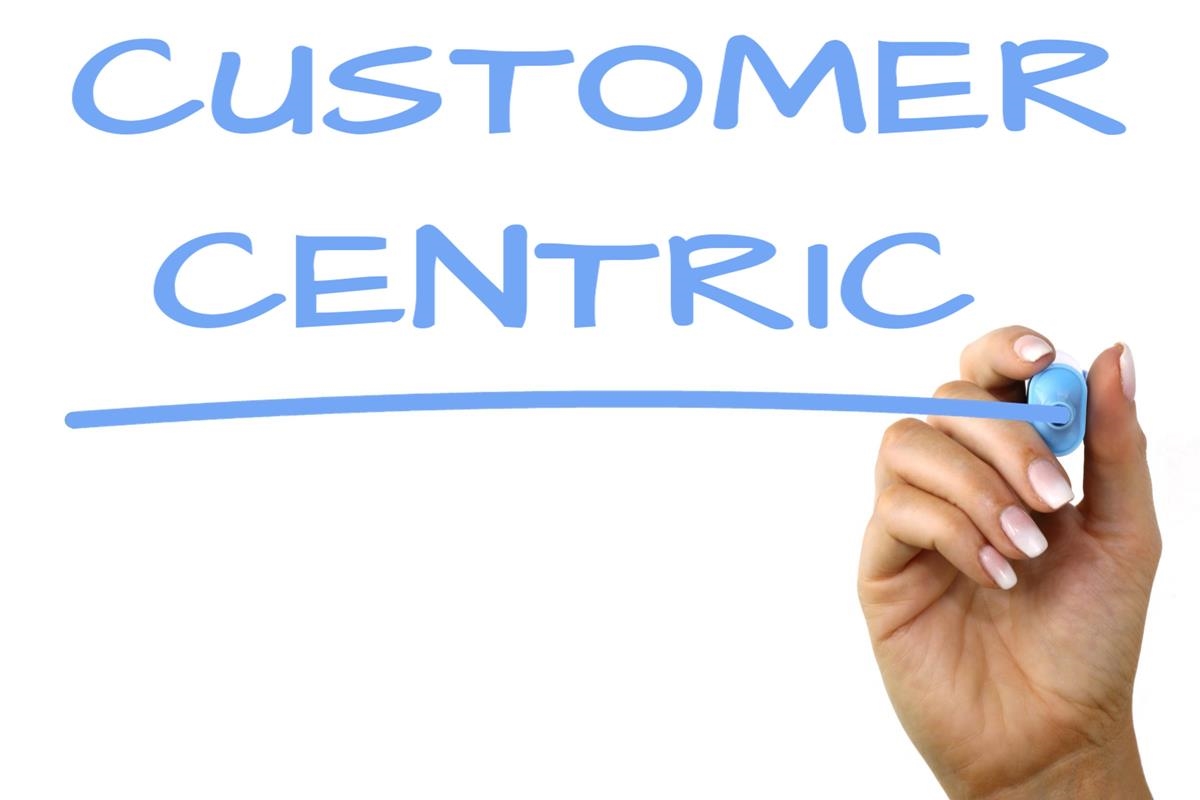Being customer-centric is more important than ever before. The internet levels the playing field for feedback on how businesses treat customers. With review sites, social media, screenshots, live streaming, and mobile video, a business can’t hide from a bad customer experience.
This change in itself is not a reason that businesses just need to be better, but it’s driving businesses to improve nonetheless.
The extreme ends of a customer’s experience with a business are amplified. Unfortunately for a business, it’s the bad experiences that are the most widely publicized. Yes, a business can do extraordinary things, but more times than not, a business really has to wow a customer.
Now, I know this paints a bleak picture for a business, but it really is a good thing. This is an opportunity for customer-centric businesses to thrive and separate themselves from their peers.
But what does it mean to be customer-centric, and why exactly is this approach so crucial?
Customer centric definition: what does customer centric mean?

A customer-centric business prioritizes the customer’s experience at every stage of their buying journey—before, during, and after the purchase. It’s more than just about delivering good customer service. When you run a customer-centric business, the customer is at the heart of every decision you make, their needs are most important, and building relationships with them becomes central. Essentially, your customers are the boss of your company!
Developing a customer-centric business starts at the core, with creating a customer-centric culture. Everything you do as a business should be looked at in the eyes of the customer.
Just sit on that for a minute. How does that change your business? What practices are you doing that aren’t so customer-friendly? There are probably some practices you may or may not be proud of. Keeping that in mind will help you pull your business more towards being customer-centric. The natural gravity of your business will likely pull you away from this, so striking a balance will happen.
Granted, you are still running a “business” and not a charity. There are bad customers, but you can still treat those customers with respect and benefit of the doubt without feeling like you gave in to their every need. But if you lash out or act badly, you have a lot more to lose than the customer. That person may give you a bad review, and we all know how quickly those reviews can spread and tarnish your business’s reputation.
Creating a customer-centric business has to come from its leaders. This sets the tone throughout the organization. Yes, one can make policies and training but every action and decision follows a trend and sets a precedent. Start at the top.
Benefits of a customer centric culture
Focusing on the customer in all your actions and decisions means that your business will reap the rewards, and enjoy a leg up over your competition.
As customers appreciate your attentiveness to their needs, they’re more likely to stick around and remain loyal to your business. This boosts your customer retention rate and reduces churn. Thus, staying customer-centric increases your overall customer lifetime value, and decreases your customer acquisition costs.
These satisfied customers are more likely to leave positive reviews of you (increasing your business’s reputation).
And most importantly, they’re more likely to refer their friends to your business. Customers’ friends trust these recommendations, so they’re more likely to become your customers—and to remain loyal to your business.
Customer-centric business strategies
Remember that customer-centric businesses focus on showing how valuable customers are at every stage of the buyer’s journey. These businesses know that customer retention is even more important than customer acquisition.
Here is a selection of customer-centric strategies your business can follow:
- Deliver absolutely exceptional, personalized customer service. (Check out this article for the best customer service tips).
- Look at every decision you make through the eyes of your customers before proceeding.
- Listen to your customers’ needs, concerns, and preferences. Then, incorporate their suggestions into future product and experience developments whenever possible.
- Capture all the data you can on what customers love and want, and respond to these insights.
- Measure and focus on increasing these three key metrics: customer lifetime value, customer retention rate, and net promoter score (NPS).
- Start a loyalty program, with enticing rewards for repeat customers. Consider offering a choice of rewards, so customers feel even more valued.
- Make your most loyal customers feel like VIPs.
- First, you’ll need to identify your most loyal customers through CRM software, customer satisfaction surveys (such as NPS surveys), customer lifetime value calculations, or multiple methods.
- Then, deliver, with exclusive perks, sales, and insider experiences.
- These customers are more likely to repeatedly purchase from you, and are easiest to retain, so it makes sense to identify and focus on them.
- Personalize the coupons you send to each customer based on their purchasing habits.
- Start a referral program to reward committed customers for sharing your brand with others, and to further show how vital they are to your business at every stage.
Zappos: a prime example of a customer-centric brand
Zappos has spent years developing a customer-centric culture. They may be an online shoe marketplace, but CEO Tony Hsieh calls the brand a “service company that happens to sell shoes,” further underscoring their commitment to putting their customers first.
For example, they commit to having detailed conversations with customers, and focus on meeting their needs as quickly and personally as possible—it’s all about relationships. Also, they sometimes surprise customers with free shipping upgrades or unexpected gifts.
In one instance, related to Forbes, a customer called to return boots bought for her father, who had recently passed away. The Zappos team engaged in a heartfelt conversation with her, offered to refund the cost of the boots, and told her not to worry about returning them—she was free to give them away. Then, the team sent her a bouquet of flowers. In sharing the story, the team was quick to emphasize that the conversation and the relationship-building were the most important elements in delivering this customer-centric experience.
In everything they do, Zappos knows the importance of satisfying and building relationships with the existing customer, and trusts that these satisfied customers will be their best advocates and market the brand for them.
Key Takeaways
Exceptional customer service is a key component of being customer-centric, but true customer-centricity involves much more than that. Customer-centric businesses place customers at the forefront of every decision they make and action they take.
It may take some time to frame your business as customer-centric, but the rewards are well worth it. Your satisfied customers are more likely to stay loyal to your business and tell others about you.
Business & Finance Articles on Business 2 Community
(94)








